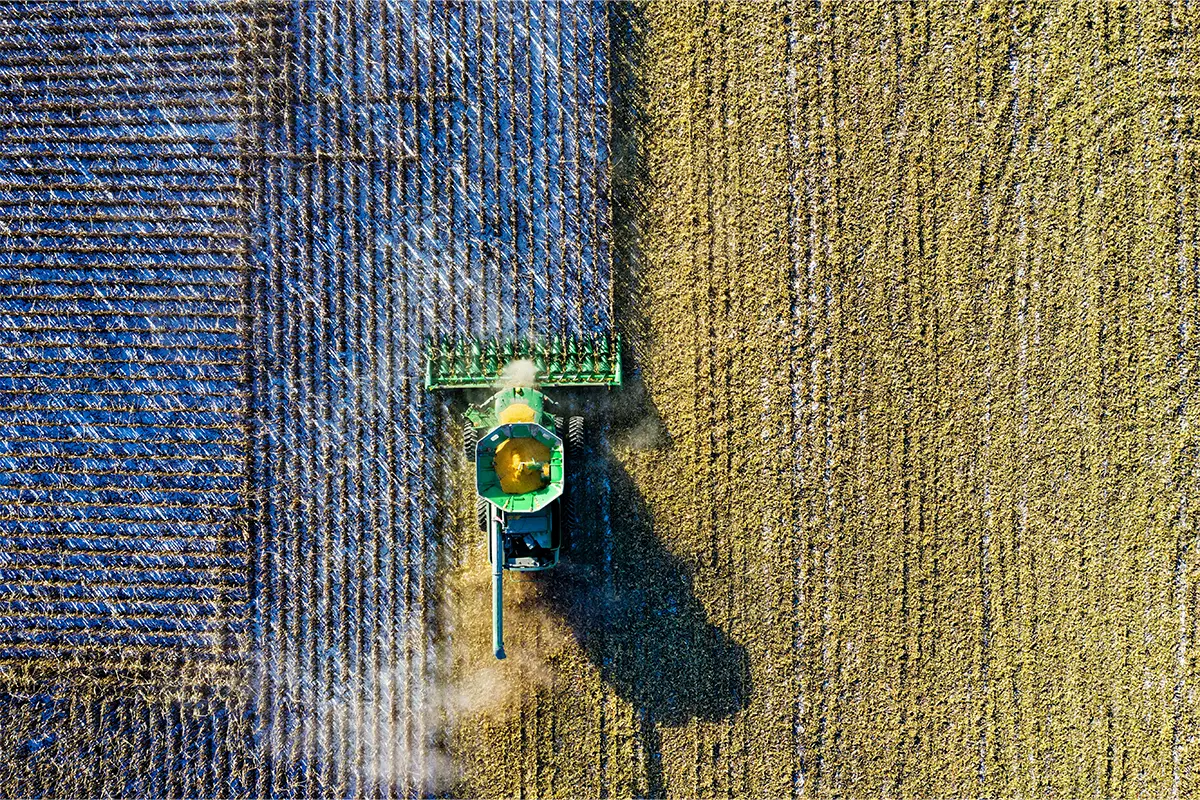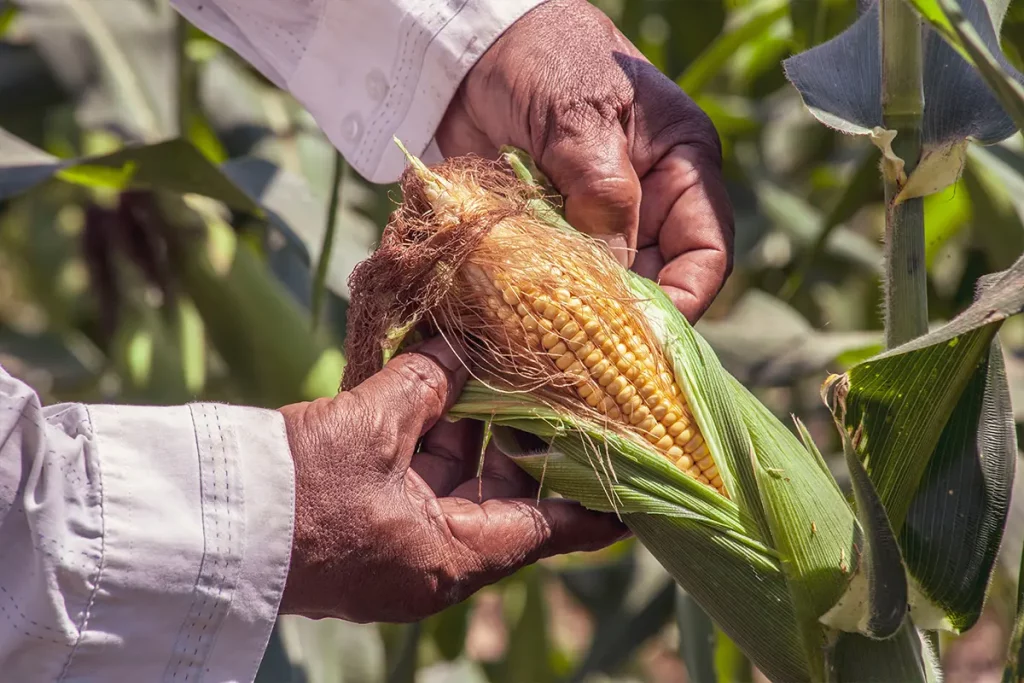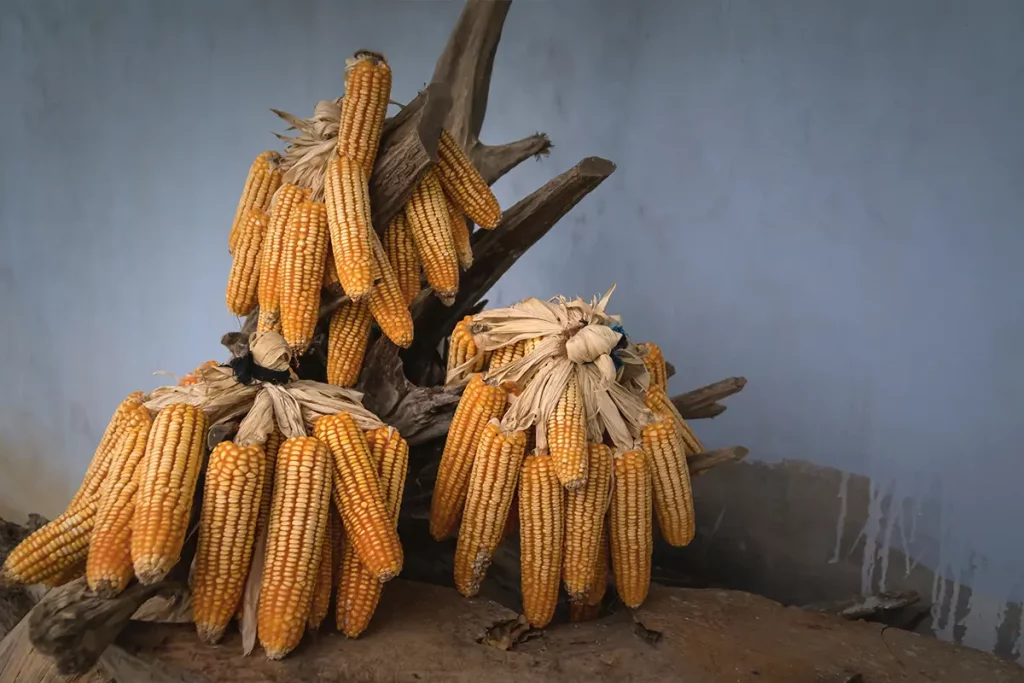Dismissing Plastic. Eyeballing the need for a sustainable textile industry, The Lycra Company replaces synthetic spandex with a fiber made with a naturally sourced ingredient: corn
In 2009, 147 world records were broken in the latest fashion – polyurethane suits. The same material makes tights, biker shorts, jeans, and socks comfortable. None of it would have happened if it weren’t for spandex. Responding to increasing emphasis on sustainable consumption and production practices, The Lycra Company is pioneering the world’s first large-scale commercial production of bio-derived spandex.
QIRA is made from annually renewable field corn, a naturally sourced ingredient. The look, feel, and performance of the new fiber are identical to traditional Lycra. The price will be slightly higher as the cost of the feedstock is higher than fossil-based feedstocks.
Dismissing plastic – spandex’ negative impact on the environment needs to go
The base material used to make spandex is polyurethane. The stretchy ingredient called PTMEG makes up 70 percent of the total fiber content. MDI, 15 to 20 percent, is what gives spandex its recovery power. Additives and finishes account for roughly 10 percent of the fiber. Traditionally, both PTMEG and MDI have been derived from fossil-based materials, including oil, coal, and natural gas — which are finite and require extraction and refinement.
A new report by Textile Exchange found that the production of virgin fossil-based synthetic fibers rose from 63 million tons to 67 million tons in 2022. Despite the decarbonization strategies of brands, retailers, and suppliers, this trend is predicted to continue. The UN’s Intergovernmental Panel on Climate Change urges companies to achieve net zero by 2050. It is necessary to limit global warming to well below 2°C – ideally 1.5°C – above pre-industrial levels to avoid its worst effects.
Switching spandex’s ingredients from petroleum-based to bio-derived is part of the apparel industry’s responsibility to dismiss plastic and address climate change. Research by The Lycra Company highlights that consumers find garments made from renewable or bio-derived fibers particularly compelling when contemplating sustainable clothing purchases.
The Lycra Company’s sustainability director Jean Hegedus on bio-derived Lycra fiber
The Lycra Company and Qore partnered to utilize Qore’s naturally sourced ingredient QIRA as the foundation for bio-derived Lycra fiber. The Lycra Company’s sustainability director Jean Hegedus: «With bio-derived Lycra fiber, we are replacing the petroleum-based ingredients used to make the PTMEG component with ingredients derived from dent corn. This is not corn for human consumption, like popcorn or sweet corn, but is used in a variety of applications from ethanol for gasoline to paper and pet food. By replacing fossil-based ingredients with dent corn, it has the potential to reduce the carbon emissions by up to 44% versus traditional Lycra fiber». The estimate comes from a Cradle-to-Gate Screening LCA from 2022.
Corn-based QIRA is a biomaterial – it consists of fibers partially or fully derived from living matter or biomass. Agricultural commodities are the most common feedstocks. For biomaterials, most impacts are concentrated at the beginning phase of the life cycle, so responsible sourcing is critical to benefiting from their renewable nature and dismissing plastic once and for all.
QIRA – the corn-based, naturally sourced, renewable spandex
Hegedus explains how the entire naturally sourced ingredient is used up and why corn, as a material, is “renewable.” By fractionation, field corn kernels can be separated into multiple components so every part can be put to use and nothing goes to waste. Multifunctional, renewable, naturally sourced ingredients are needed for a more sustainable textile industry.
First, each individual corn kernel gets soaked in water and broken up into its main components. Oil is extracted for salad dressings, and the protein, which comprises 19 percent of the content, is used for pet food and livestock feed. 60 percent is starch, and this is the part that is used to make QIRA. This component goes through a patented fermentation process where it gets converted into glucose and then into a chemical known as BDO. This BDO gets converted into PTMEG, which makes up 70 percent of the bio-derived Lycra fiber content. «This is renewable content because it is derived from an annually renewable source, dent corn», explains Hegedus.
QIRA is the next generation of 1,4-butanediol (BDO), a bio-based BDO made from renewable feedstocks that vastly reduces CO2 emissions. It has the same molecular structure as its fossil-based variant.
Dismissing Plastic through field corn crops
Corn is the naturally sourced ingredient found in QIRA. Corn can serve both as food and raw material for industrial purposes – the former comprises less than 1 percent of the total corn produced in the U.S. QIRA is made from another type called ‘dent’ or ‘field’ corn. This is grown in much larger quantities. According to the National Corn Growers Association, bio-derived materials constitute less than 2 percent of the total field corn crop – a negligible amount compared to ethanol (26.6 percent) and livestock feed (38.8 percent).
After a decade of testing: the journey of renewable Lycra fiber QIRA
Hegedus: «When we first introduced bio-derived Lycra fiber back in 2014 we were probably a bit ahead of our time. Back then brands and retailers were more focused on finding ways to improve the sustainability of the main companion fibers – cotton, polyester and nylon, rather than spandex, which is typically a minority component in a garment».
At that time, making the bio-PTMEG was very expensive because the company worked with batches. «A batch process is where you make a defined amount of something, in this case the bio-derived ingredient used in Lycra, and then stop, clean out the system and go back to making the standard ingredient. Generally, there is a “clean out” process at both the beginning and the end of the cycle as you are aiming to get “pure” material. This involves time and added cost».
The Lycra Company plans to lead the sustainable textile industry with Iowa based facility
Besides, economies of scale significantly bring down the cost. The new Lycra has a future when producing the naturally sourced ingredient becomes a continuous process. Qore’s new production facility will produce QIRA non-stop and on a much larger scale. This improves the cost position, making bio-derived Lycra fiber a more affordable option for brands and retailers than it was ten years ago.
Starting 2024, The Lycra Company will be distributing sample quantities of bio-derived Lycra fiber to select customers for testing – to pave the way for larger scale adoptions once the Qore plant is up and running. This should be late 2024 and the first production of bio-derived Lycra fiber is set for early 2025. «We will have ample products for use within our industry and are already working with brands and retailers to reserve their desired quantities», says Hegedus.
When fully operational, the site will have a capacity of about 65,000 metric tons (65 kilotons) per year. The QIRA production facility will be run mainly on wind power and since Iowa’s corn fields are rain-fed, production won’t rely on irrigation. The plant is set to contribute to the sustainable textile industry.
Supporting farmers and ecosystems through bio-derived fibers
Choosing feedstock and sourcing practices that respect local communities and do not create food insecurity are key to the transformative potential of bio-derived materials. The sourcing of Lycra derived from corn starch is conducted responsibly, contributing to the support of farmers and ecosystems – a promise from The Lycra Company.
Hegedus explains: «The manufacturing facility that Qore is building is located in Eddyville, Iowa, in the heart of the U.S. corn belt. Nearly all the corn used to make QIRA will be sourced within a hundred-mile radius of the QIRA site, thus providing farmers with a stable market for their crops. Many of the farmers are using a variety of regenerative practices to grow their corn. These include rotating corn and soybeans to restore nitrogen to the soil, using rye as a cover crop, and no till or low till practices to help prevent soil erosion».
Qore’s parent company, Cargill, employs several techniques that are considered regenerative agriculture. This holistic and inclusive approach to land management is meant to restore soil and ecosystem health and build farming systems that remain vital, productive, and resilient over the long term. Increased soil organic matter (SOM) improves the soil quality through increased retention of water and nutrients, which, in turn, improves the capacity to absorb carbon.
A brief history of Lycra: a war-designed synthetic material ends up in fashion
Following the pioneering research of chemists like Otto Bayer and Paul Schlack, DuPont introduced nylon in the nineteen thirties as the first man-made or synthetic fiber. It gained momentum during World War II, when the focus on developing new synthetic fibers intensified. The war’s impact on natural resources, such as silk and rubber, prompted manufacturers to anticipate supply chain disruptions – not for fashion, but for military purposes, such as in the production of parachutes and tires.
Which didn’t mean the garment industry couldn’t benefit from the novel material. Until the 1950s, rubber was used to make women’s underwear and hosiery elastic. It was hot, heavy, and uncomfortable. Because this type of elastic thread loses its stretch over time, the material was also not functional for figure control.
Spandex – a fashion prerequisite delivering pressure comfort
After a decade of R&D, elastane or spandex, an anagram for expansion, came to market with better properties. Lycra, a computer generator random trade name and DuPont spinoff, produces most of the material today. This versatile fiber can be spun into fine filaments, stretched up to 500 percent of its original length, and effortlessly returned to its initial shape. With superior strength, even a small blend with fabrics like cotton or polyester imparts an invisible yet functional foundation to garments. Spandex is low-maintenance and highly resistant to perspiration, oils, and lotions. It returns to the original shape after stretching and dries faster than ordinary fabrics.
The main reason behind the comfortability of spandex is pressure comfort, which is the reaction of the human body’s pressure receptors in the skin to textiles. The positive response to spandex is affected by the stretch, snug, loose, heavy, lightweight, soft, and stiff structure of the synthetic material. It explains why the first synthetic fiber was mainly fashioned into skin-tight garments – from girdles to aerobics wear. It became part of the late 20th century’s fashion language.
QIRA / Qore
Hamburg (Germany) based family-owned company established in 1900. The company secures access to the world’s key markets through its specific regional knowledge and over 100 subsidiaries, sales offices and participations in over 30 countries.
Qore is the parent brand to QIRA. The name Qore symbolizes partnership and collaboration. Its purpose is as simple as it is powerful: together we create a responsible future.






















